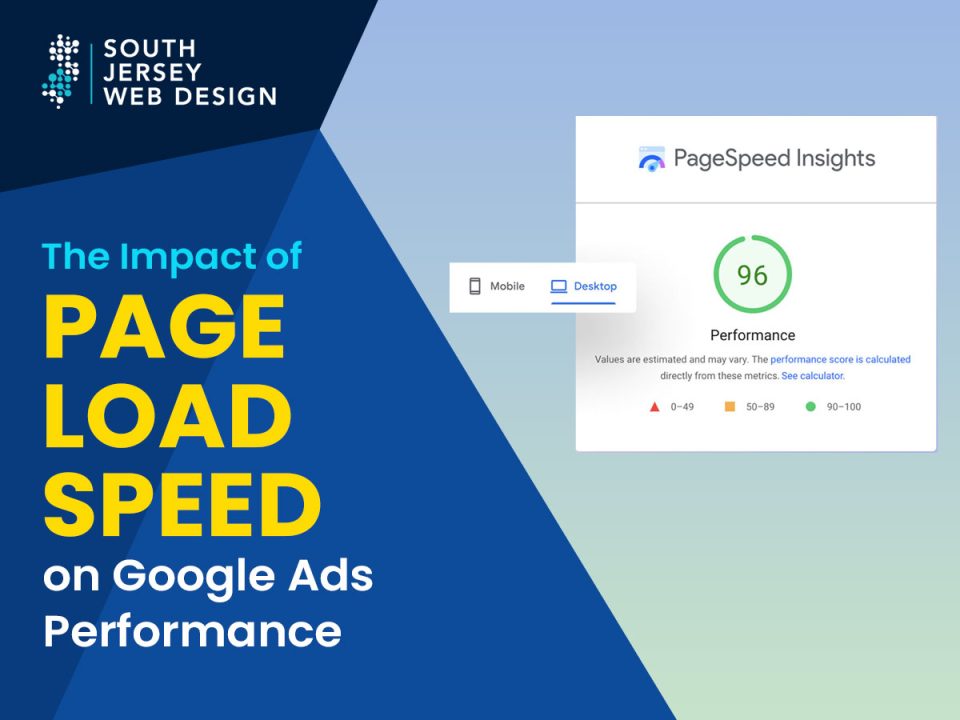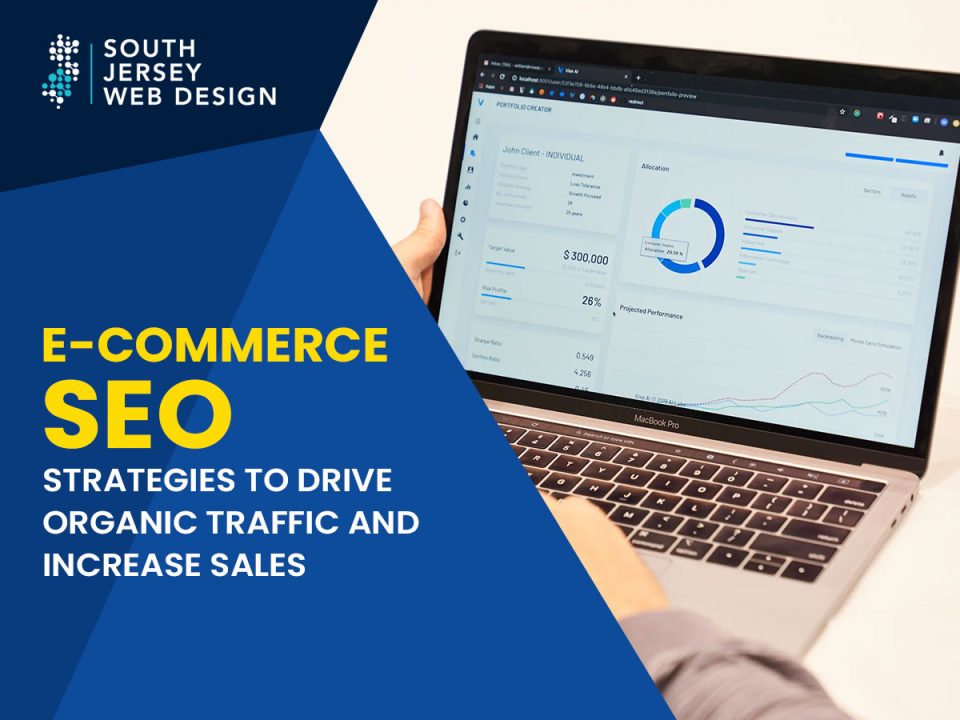AI in Web Design and Development: Examining the Pros and Cons for Success

South Jersey Web Design Agency has been recognized as a Top Web Design Companies In New Jersey in 2023 by DesignRush
May 11, 2023
The Power of AI in Customer Segmentation and Targeted Marketing for Ecommerce
June 19, 2023Introduction
Artificial Intelligence (AI) has revolutionized numerous industries, and web design and development are no exceptions. The integration of AI technologies has brought significant advancements, streamlining processes, enhancing user experiences, and increasing overall efficiency. However, it is crucial to understand the pros and cons of AI in web design and development to leverage its potential effectively. In this blog, we will explore the advantages and disadvantages of using AI in web design and development and how they can impact the success of your projects.
Pros of AI in Web Design and Development
1. Automation and Efficiency
AI-powered tools and platforms automate repetitive tasks, such as coding, template generation, and content population. This automation saves time, reduces human errors, and allows web designers and developers to focus on more creative and strategic aspects of their work. The increased efficiency translates into faster project completion and improved productivity.
2. Personalized User Experiences
AI algorithms can analyze user data, behavior, and preferences to deliver personalized experiences. By understanding user patterns, AI-powered web designs can adapt and cater to individual needs, improving engagement, and increasing conversions. Personalization enhances user satisfaction and builds stronger connections with the target audience.
3. Enhanced User Interface Design
AI algorithms can analyze and predict user behavior, helping designers create more intuitive and user-friendly interfaces. By leveraging machine learning, AI can suggest design elements, layout options, and color schemes based on previous successful designs. This guidance streamlines the design process and ensures the creation of visually appealing and user-centric websites.
4. Advanced Data Analysis
AI algorithms can process vast amounts of data quickly and derive valuable insights. In web design and development, AI-powered analytics tools can provide deep insights into user behavior, conversion rates, and website performance. This data-driven approach helps businesses make informed decisions, refine their strategies, and optimize their websites for better results.
Cons of AI in Web Design and Development
1. Lack of Creativity
While AI can automate certain aspects of web design, it may struggle to replicate human creativity and artistic flair. Designing unique and visually striking websites often requires a human touch that AI algorithms may not fully capture. Web designers must balance the use of AI tools with their own creativity to ensure the final product stands out.
2. Dependency on Quality Data
AI algorithms rely on quality data to generate accurate insights and predictions. If the input data is incomplete, biased, or insufficient, the AI-generated recommendations may not be reliable. Web designers and developers need to ensure the data used by AI systems is accurate and representative to avoid potential pitfalls.
3. Ethical and Legal Concerns
AI technologies raise ethical considerations, especially in areas such as data privacy, security, and algorithmic bias. Web designers and developers must be mindful of these concerns and ensure compliance with relevant regulations. They should also evaluate the ethical implications of using AI-powered tools and take steps to mitigate potential risks.
4. Limited Contextual Understanding
While AI algorithms excel at analyzing patterns and making data-driven decisions, they may lack contextual understanding. Understanding the unique needs and nuances of specific industries, cultures, or target audiences may require human expertise and intuition. It is important for web designers and developers to balance the use of AI-driven insights with their domain knowledge.
Successful implementation of AI in web design and development requires a balanced approach. Here are some recommendations to maximize the benefits and overcome the challenges:
1. Embrace Collaboration
AI should be seen as a tool that complements human creativity and expertise rather than replacing it. Encourage collaboration between web designers, developers, and AI systems to leverage the strengths of both. By combining human ingenuity with AI-driven insights, you can create truly exceptional web experiences.
2. Use AI as a Productivity Enhancer
AI can automate repetitive tasks, optimize workflows, and improve productivity. Allow AI tools to handle time-consuming processes like code generation or data analysis, freeing up human resources for more creative and strategic work. This way, you can maximize efficiency and focus on delivering unique and innovative web solutions.
3. Validate AI Recommendations
While AI algorithms can provide recommendations, it is essential to validate their outputs. Use human judgment and expertise to review AI-generated suggestions and ensure they align with your project goals, brand identity, and user requirements. Striking the right balance between AI-driven insights and human creativity is key to delivering exceptional web designs.
4. Ethical Considerations and Transparency
Address ethical concerns associated with AI in web design and development. Prioritize user data privacy, security, and fairness in algorithmic decision-making. Ensure transparency in how AI systems are used and communicate clearly with users about the collection and utilization of their data. Adhering to ethical standards builds trust and fosters long-term relationships with clients and users.
5. Stay Abreast of AI Advancements
AI technology is evolving rapidly, and new tools and techniques emerge regularly. Stay updated on the latest advancements in AI for web design and development. Continuously evaluate and experiment with new AI-powered solutions that can enhance your capabilities and deliver better user experiences.
Conclusion
AI has revolutionized the field of web design and development, offering numerous benefits such as automation, personalization, enhanced user interface design, and data analysis. As a web development company in New Jersey, leveraging AI technologies can give you a competitive edge in delivering exceptional web solutions to your clients. However, it is crucial to understand and navigate the potential limitations and ethical considerations associated with AI.




